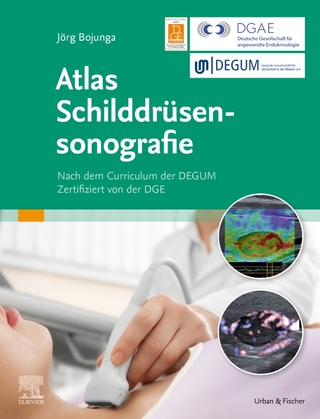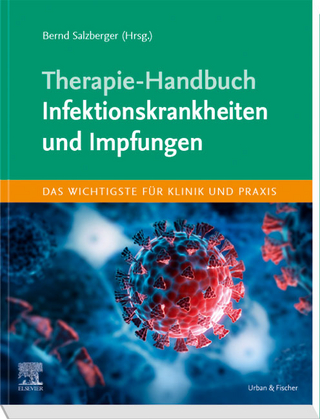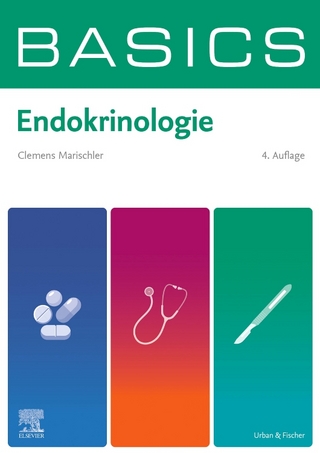
Quinones and Quinone Enzymes, Part B
Academic Press Inc (Verlag)
978-0-12-182786-1 (ISBN)
Quinones are members of a class of aromatic compounds with two oxygen atoms bonded to the ring as carbonyl groups. This volume covers more clinical aspects of quinines, such as anticancer properties, as well as their role in nutrition and in age-related diseases.
Helmut Sies, MD, PhD (hon), studied medicine at the universities of Tübingen, Munich, and Paris. He was the professor and chair of the Institute for Biochemistry and Molecular Biology I at Heinrich-Heine-University Düsseldorf, Germany, where he is now professor emeritus. He is a member of the German National Academy of Sciences Leopoldina and was the president of the North Rhine-Westphalian Academy of Sciences and Arts. He was named ‘Redox Pioneer’; was the president of the Society for Free Radical Research International (SFRRI). Helmut Sies introduced the concept of “Oxidative Stress in 1985, and was the first to reveal hydrogen peroxide as a normal constituent of aerobic cell metabolism. His research interests comprise redox biology, oxidants, antioxidants, micronutrients. Lester Packer received a PhD in Microbiology and Biochemistry in 1956 from Yale University. In 1961, he joined the University of California at Berkeley serving as Professor of Cell and Molecular Biology until 2000, and then was appointed Adjunct Professor, Pharmacology and Pharmaceutical Sciences, School of Pharmacy at the University of Southern California. Dr Packer received numerous distinctions including three honorary doctoral degrees, several distinguished Professor appointments. He was awarded Chevalier de l’Ordre National du Merite (Knight of the French National Order of Merit) and later promoted to the rank of Officier. He served as President of the Society for Free Radical Research International (SFRRI), founder and Honorary President of the Oxygen Club of California. He has edited numerous books and published research; some of the most cited articles have become classics in the field of free radical biology: Dr Packer is a member of many professional societies and editorial boards. His research elucidated - the Antioxidant Network concept. Exogenous lipoic acid was discovered to be one of the most potent natural antioxidants and placed as the ultimate reductant or in the pecking order of the “Antioxidant Network regenerating vitamins C and E and stimulating glutathione synthesis, thereby improving the overall cellular antioxidant defense. The Antioxidant Network is a concept addressing the cell’s redox status. He established a world-wide network of research programs by supporting and co-organizing conferences on free radical research and redox biology in Asia, Europe, and America.
Section I: Mitochondrial Ubiquinone and Reductases
1: Mitochondrial Quinone Reductases: Complex I
2: Q-Cycle Bypass Reactions at the Qo Site of the Cytochrome bc1 (and Related) Complexes
3: Targeting Coenzyme Q Derivatives to Mitochondria
4: The Mitochondrial Interplay of Ubiquinol and Nitric Oxide in Endotoxemia
5: Mitochondrial Respiratory Chain Dysfunction Caused by Coenzyme Q Deficiency
6: Coenzyme Q Cytoprotective Mechanisms
7: Dietary Coenzyme Q10 and Mitochondrial Status
Section II: Anticancer Quinones and Quinone Oxidoreductases
8: NAD(P)H:Quinone Oxidoreductase 1 (NQO1, DT-Diaphorase), Functions and Pharmacogenetics
9: Structure and Mechanism of NAD[P]H:Quinone Acceptor Oxidoreductases (NQO)
10: Diaziridinylbenzoquinones
11: Quinone Reductase–Mediated Nitro-Reduction: Clinical Applications
12: Bioactivation and Resistance to Mitomycin C
13: NAD(P)H:Quinone Oxidoreductase 1 Expression, Hydrogen Peroxide Levels, and Growth Phase in HeLa Cells
14: The “Prochaska Microtiter Plate Bioassay for Inducers of NQO1
15: Structure-Activity Relationships in Two-Electron Reduction of Quinones
16: p53-Dependent Apoptosis and NAD(P)H:Quinone Oxidoreductase 1
17: The Role of Endogenous Catechol Quinones in the Initiation of Cancer and Neurodegenerative Diseases
18: Induction of NQO1 in Cancer Cells
Section III: Quinone Reductases: Chemoprevention and Nutrition
19: Role of Nicotinamide Quinone Oxidoreductase 1 (NQO1) in Protection against Toxicity of Electrophiles and Reactive Oxygen Intermediates
20: Activation and Detoxification of Naphthoquinones by NAD(P)H: Quinone Oxidoreductase
21: Induction of Quinone Reductase as a Primary Screen for Natural Product Anticarcinogens
22: Chemoprevention by 1,2-Dithiole-3-Thiones Through Induction of NQO1 and Other Phase 2 Enzymes
23: Chemical Structures of Inducers of Nicotinamide Quinone Oxidoreductase 1 (NQO1)
24: Induction of Phase II Enzymes by Aliphatic Sulfides Derived from Garlic and Onions: An Overview
25: Upregulation of Quinone Reductase by Glucosinolate Hydrolysis Products From Dietary Broccoli
Section IV: Quinones and Age-Related Diseases
26: Therapeutic Effects of Coenzyme Q10 in Neurodegenerative Diseases
27: Neuroprotective Actions of Coenzyme Q10 in Parkinson's Disease
Author Index
Subject Index
| Erscheint lt. Verlag | 8.3.2004 |
|---|---|
| Reihe/Serie | Methods in Enzymology |
| Verlagsort | San Diego |
| Sprache | englisch |
| Maße | 152 x 229 mm |
| Gewicht | 960 g |
| Themenwelt | Medizinische Fachgebiete ► Innere Medizin ► Endokrinologie |
| Naturwissenschaften ► Biologie ► Biochemie | |
| ISBN-10 | 0-12-182786-0 / 0121827860 |
| ISBN-13 | 978-0-12-182786-1 / 9780121827861 |
| Zustand | Neuware |
| Haben Sie eine Frage zum Produkt? |
aus dem Bereich


